As a kitchen professional, you likely recognize the importance of selecting the right tools for your culinary endeavors. Among these tools, a **wooden cutting board** holds a unique place in your cooking routine. But the pressing question arises: what can you cut on a wooden cutting board? Whether you're handling fresh produce, prepping proteins, or slicing delicate items, this comprehensive guide dives into the versatility and limits of wooden cutting boards. By the end of this piece, you'll understand their role, maintenance, and optimal usage, ensuring your kitchen has one less worry.
Lets take an in-depth look at how wooden cutting boards are ideal for certain tasks, and where to avoid using them to keep your kitchen practices hygienic and efficient.
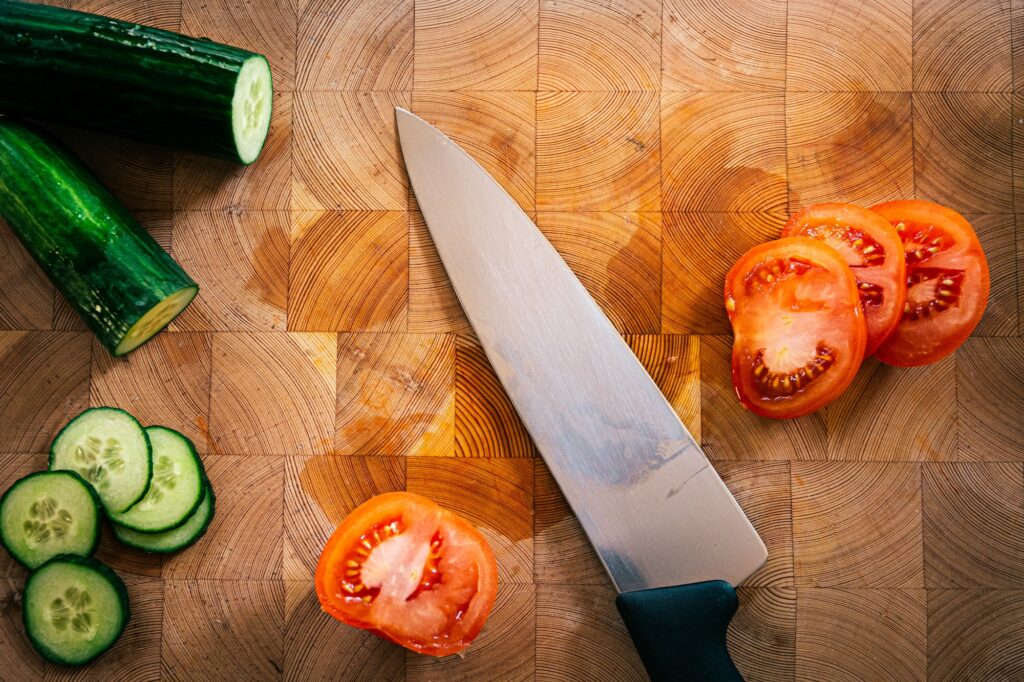
Why Choose Wooden Cutting Boards?
Before diving into what you can cut on a wooden cutting board, let us first explore why theyve been a kitchen staple for centuries. Regardless of whether you're running a professional kitchen or cooking at home, wooden cutting boards bring both functionality and aesthetic allure. Their natural, sturdy composition makes them resistant to knife marks while remaining gentle on blades. Compared to plastic or glass, wooden boards hide scratches better and even possess natural antibacterial properties. However, like any tool, their suitability changes depending on the task at hand.
Learn more about the benefits of different kinds of cutting boards in this detailed external guide here.
What Foods are Ideal for Wooden Boards
Fruits and Vegetables: Preserve Your Board
Fruits and vegetables are among the most common items cut on **wooden cutting boards**. The board's gentle surface ensures soft items like tomatoes or delicate greens won't bruise easily. Additionally, the grain captures juice runoff, preventing it from spilling onto countertops. The sturdiness is unmatched when prepping denser produce, such as butternut squash or sweet potatoes.
Bread and Pastries: A Natural Fit
Wooden cutting boards are often a baker's best companion. Their smooth yet soft surface makes them perfect for slicing fresh crusty bread, croissants, or even kneading small dough portions. Wooden grain often offers traction, ensuring stability during slicing or shaping baked goods.
Cooked Meats and Cheeses
Another common query in kitchen settings is whether wooden cutting boards are ideal for meats. The short answer is yesbut only for cooked meats. Slicing brisket, carving roast chicken, or arranging deli meats post-cooking is always recommended on wooden boards. Their smooth surface makes cleanup easy, and they often double as a presentable serving tray for charcuterie boards featuring cheeses and meats.
What Foods to Avoid Cutting on Wooden Boards
Raw Meat and Fish: A Hygiene Hazard
While **wooden cutting boards** have natural antibacterial tendencies, they are not ideal for raw meats, poultry, or fish. The porous texture of wood can trap liquids, juices, and bacteria deep within the grain, increasing the risk of cross-contamination. Use a color-coded plastic or non-porous surface when dealing with these items. You can learn more about what cutting board colors suit different items from our guide on cutting board colors.
Highly Acidic Foods
Foods like lemons, limes, or tomatoes that are highly acidic can damage the finish on your wooden board over time. The acids can cause swelling or discoloration, reducing the board's overall longevity and necessitating frequent reconditioning.
Very Small or Sticky Items
Items such as garlic or finely minced shallots may prove challenging on a **wooden board**, as the soft grains can make scooping tricky. Sticky foods like honeycomb or molasses also adhere to the wood, complicating cleanup.
Maintenance and Care for Wooden Cutting Boards
No matter what youre prepping, knowing how to care for your cutting board is paramount. Proper maintenance ensures your board lasts for years while remaining safe for all kitchen jobs. Begin by thoroughly washing the board after each use. Avoid harsh detergents and stick to warm water with mild soap. Never submerge the board entirely or place it in a dishwasher, as prolonged exposure to water can warp its shape. For more care tips, check this cleaning guide.
Regular Oil Treatments
Wooden boards should be seasoned regularly with a food-grade mineral oil. This minimizes moisture absorption, protecting it against stains and cracks. Find out more about oil usage in this helpful article here.
Sanding Over Time
If your board develops knife grooves or stains, sanding with fine-grit sandpaper can restore its smooth surface. Don't forget to rinse and recondition after sanding!
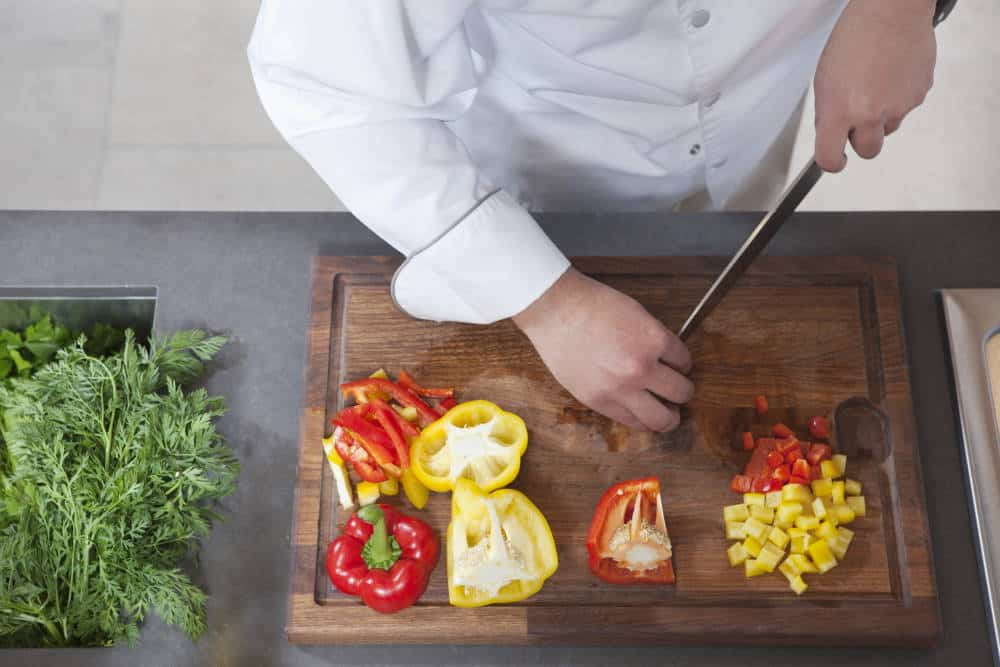
FAQs About Wooden Cutting Boards
Can I Cut Raw Meat on a Wooden Cutting Board?
While technically possible, its not recommended. Wooden boards can harbor bacteria if not properly sanitized, making them less ideal for raw meats compared to non-porous options.
How Often Should I Oil My Wood Cutting Board?
Depending on usage, oiling every 24 weeks is suggested. Boards in heavy rotation may require more frequent care to prevent drying and cracking.
Whats the Best Way to Clean a Wooden Cutting Board?
Use warm water, mild soap, and a soft sponge immediately after use. For deeper cleans, rub with salt and lemon before rinsing.
This article contains affiliate links. We may earn a commission at no extra cost to you.

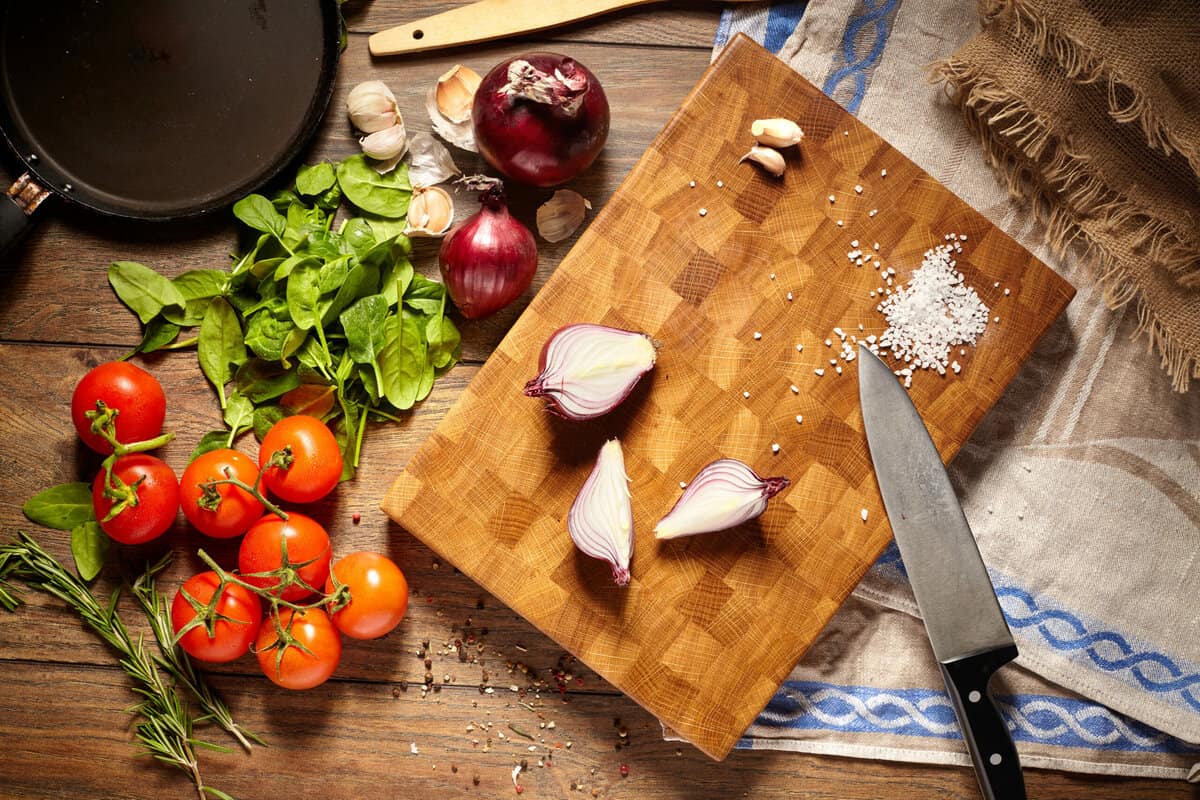


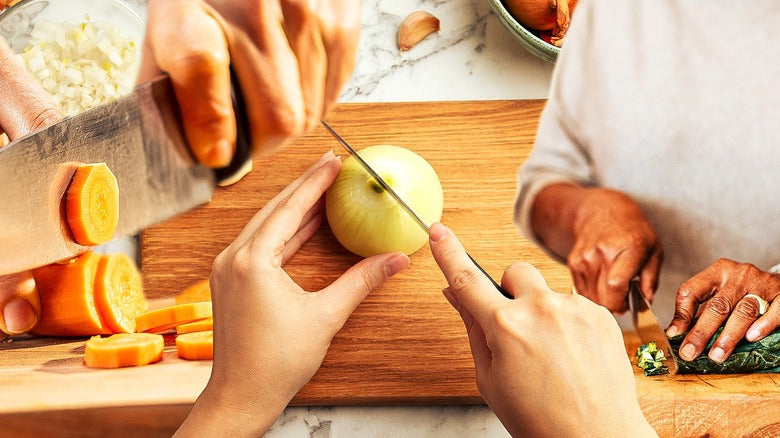
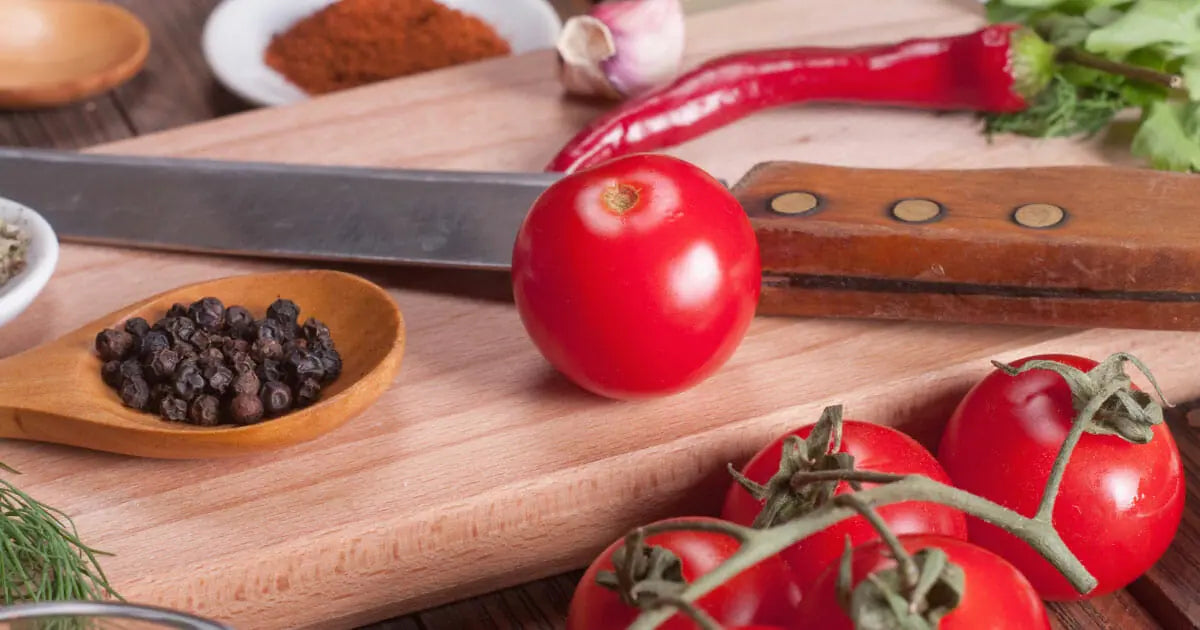
Leave a comment
This site is protected by hCaptcha and the hCaptcha Privacy Policy and Terms of Service apply.